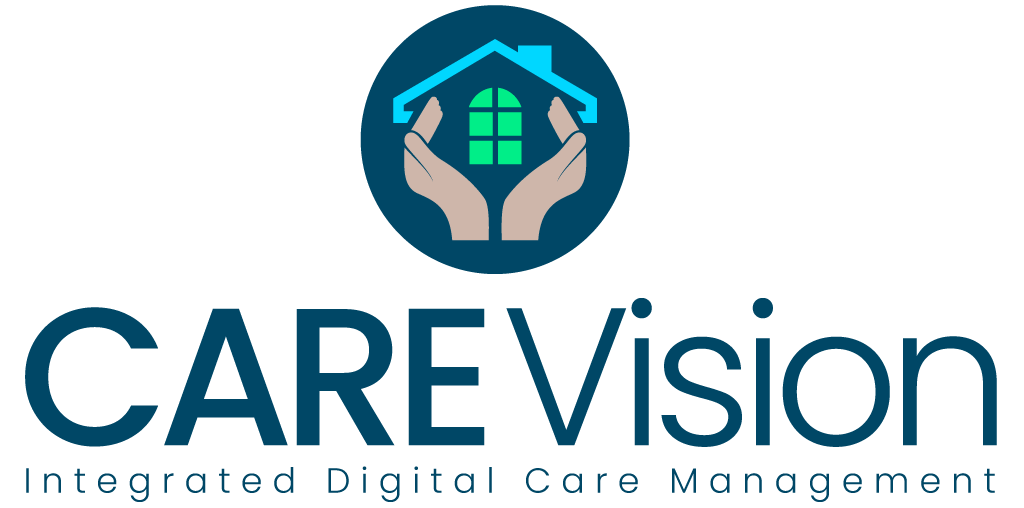World Health Day takes place on Sunday 7 April. This initiative, spearheaded by the World Health Organization, aims to raise awareness of everyone’s right to good health, regardless of their geographic location, economic status or any other protected characteristics. Two key goals are addressing health disparities around the world and advocating for people who find it harder to access the healthcare they need.
While this is an issue that needs to be given global priority, there is plenty that care managers can do on their own doorstep to ensure health equality for those in their care. In fact, when an issue like this feels so enormous you don’t know where to begin, looking at your own workplace and situation seems like a very good place to start…
Protected by law
Equality in healthcare is a human right, protected in the UK by the Equality Act of 2010. This legislation ensures that individuals who use health and social care services and resources can expect to be treated fairly and in an unbiased, non-discriminatory way. No-one should be denied healthcare for any reason of discrimination and everyone must have the same opportunity to access the healthcare support they need.
As a care manager, it is your duty to ensure that this happens in your care home, and that your staff are correctly trained to do likewise. This includes providing residents and their families with appropriate resources and advice to make informed decisions and planning staff rotas so that there are enough people on duty to provide suitable healthcare support for everyone who needs it.
Accessibility matters
The law has moved forward at speed regarding accessibility and inclusion of people with disabilities. There is a lot that you can do to ensure that your care home is fully accessible to residents, families and visitors. This includes making adaptations as necessary to enable wheelchair users to move around the building easily and making provisions for people with visual impairments to be able to access written information and resources.
Another example is providing effective advocacy services to those who are unable or unwilling to speak up for themselves. Again, staff adherence to this is key for such adaptations to work and be both effective and legally compliant. Training is vital to keep the whole care team up-to-date and fully informed about how to go about maintaining accessibility and inclusivity for all.
Person-led care
One of the key themes of the 2024 World Health Day is “My health, my right.” This is fundamental to providing individualised care that works on a personal level. It empowers the resident or patient to get involved in making their own decisions about how they should be looked after and what they want the outcomes of their care to be. When the options are carefully explained, the person can feel more confident in choosing how they would like their specific health conditions to be supported. For example, whether or not to have an operation, start on a course of medicine or manage symptoms by one or more different types of therapy.
Providing bespoke care is made easier by using a digital care management system. This allows each resident to have their own personal record section, in which staff can record likes, dislikes, preferences, religious or cultural requirements and more. This is valuable data that informs how a care plan is put together that truly reflects the needs of the individual and ensures that their rights to the most appropriate health and social care possible are always upheld.
Healthcare staff and equality
It is also important that care homes provide equal opportunities and an inclusive working environment for their staff. Not only does this help to model inclusivity and equality to residents and visitors, but it helps make staff feel valued, supported and willing to stay in their roles for longer. Equality for healthcare workers encompasses a large number of areas, from training and promotion opportunities to how mistakes are handled and working relationships nurtured.
Having a digital care management system means that staff can share and receive information more easily and be kept ‘in the loop’ for full transparency and inclusion. More information about World Health Day and its aims for 2024 can be found on the WHO website at https://www.who.int/campaigns/world-health-day.





